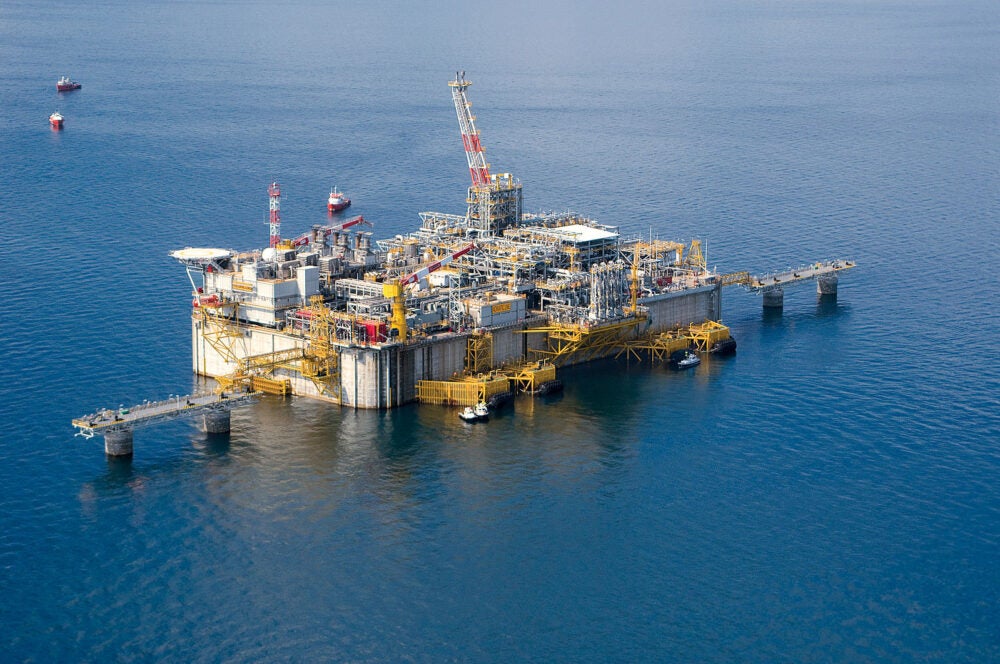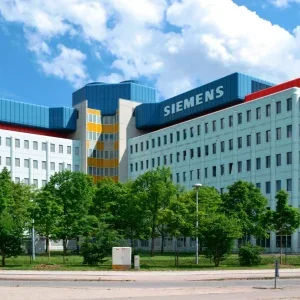
While a 2-degree pathway is viewed as an integral step in avoiding runaway climate change, it could potentially cut upstream gas investments by 65%, says an industry analyst.
The pathway falls in line with the minimum expectations of the Paris Agreement, an international climate pact that aims to reduce emissions and cap the rise in global temperatures at 1.5C if possible.
But, although fossil fuels are often pegged as the primary villain in the efforts to limit the effects of climate change, analysis by energy researcher Wood Mackenzie projects that up to 200 billion barrels of oil equivalent of new gas resource developments is needed to meet demand through to 2040.
2-degree pathway “dramatically alters” capital required for upstream gas investments
Major contributors to the mix include Qatar with its additional liquefied natural gas (LNG) “mega-trains”, alongside the US, Russia and China.
Known in the industry as the “Big 4”, those countries currently combine for almost half of global gas supply and are expected to meet 60% of global gas demand by 2040.
Wood Mackenzie’s Asia Pacific vice-president Gavin Thompson says: “We estimate almost $2tn of capital is needed to deliver this growth in supply.
“However, a 2-degree demand scenario dramatically alters this outlook, with future supply requiring a more modest, though still considerable, $700bn of new investment as global gas demand peaks earlier.
“Sustainable investment is booming and investor activism on carbon has gone mainstream as more fund managers embrace environmental, social and governance (ESG) screening. This increasing scrutiny of gas’s carbon intensity is shaping investment decisions on future supply.”
Methane emissions a “rising concern” to investors
Although gas’s low-carbon intensity on burning makes it the cleanest hydrocarbon, LNG ranks amongst the most emission-intensive resource themes across the upstream sector, according to Wood Mackenzie.
Significant emissions are released through the combustion of gas to drive the liquefaction process and any CO2 removed prior to entering the plant is often vented into the atmosphere.
Wood Mackenzie’s senior analyst David Low says: “If we look at methane emissions, shale gas is immediately put under spotlight.
“With a carbon intensity at about 34 times that of CO2, the release of methane including intentional venting and unintentional fugitive emissions into the atmosphere, is of rising concern to investors.
“However, the variable quality of methane emissions reporting, particularly for fugitive emissions, makes reporting challenging.”

Research by the UN’s Intergovernmental Panel on Climate Change (IPCC) states that methane, the largest component of natural gas, is about 25 times more powerful than CO2 at warming the Earth’s atmosphere, on a 100-year timescale.
The EU has placed tackling methane emissions as an “essential” part of reaching its 2030 climate targets and 2050 climate neutrality goal, as Europe is currently a major consumer of natural gas.
According to the International Energy Agency, the global oil and gas sector could cut its methane emissions by 75% using current technologies – with up to two-thirds of that coming at no net cost.
But Thompson says: “Reducing emissions is not about technology. Carbon, capture, use and storage (CCUS) is used extensively in the US in enhanced oil recovery (EOR). It is about carbon pricing.
“The industry is at a critical juncture. Investors are demanding project returns stay attractive at lower oil and gas prices just as companies are looking to address multiple challenges on carbon. The global gas industry needs to respond, and soon.”
Sustainability becoming the “mantra” across the gas industry
Wood Mackenzie believes developers and investors need to consider three key areas – investing in sustainability, increasing competitiveness, and embracing new sources of capital.
It says sustainability is becoming the mantra across the industry, with carbon mitigation and ESG increasingly at the heart of decision-making.
While some sustainability investments include reduction in venting, leakage and fugitive emissions, the use of renewables to power LNG facilities, carbon offsetting, CCUS technology for high CO2 fields and liquefaction and partnering with end-users to reduce emissions.
To raise competitiveness, the Wood Mackenzie believes future portfolios must be “founded upon the best assets”.
It adds that suppliers must continue to put pressure on costs, consider divestment and alternative ownership of assets, and develop innovative contracting and enhanced trading capabilities.
As gas markets evolve, the energy researcher expects sources of capital will go in the same direction.
It says non-traditional and more diverse investors and partners are creating opportunities for global gas players to “push projects forward”, while potentially also “gaining access to growth markets”.
Wood Mackenzie believes China, sovereign wealth funds and equity funding are some possible future sources of capital and ownership.
Thompson says: “Gas has a bright future, critical to combating air pollution and transitioning the world to a net-zero future. Addressing emissions and exposure to carbon is vital. The gas industry of the future must become synonymous with ESG.”






